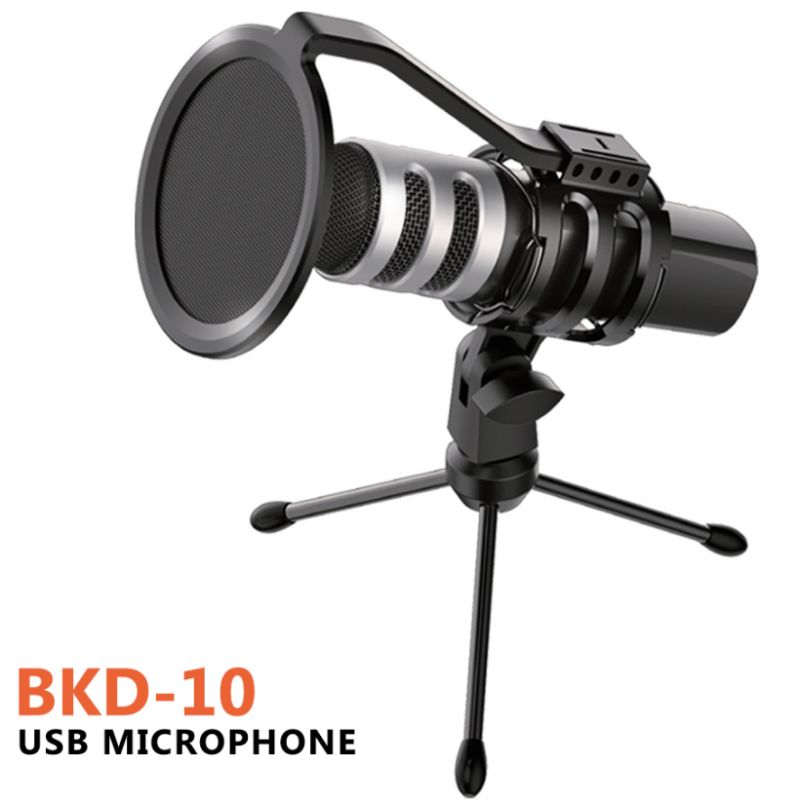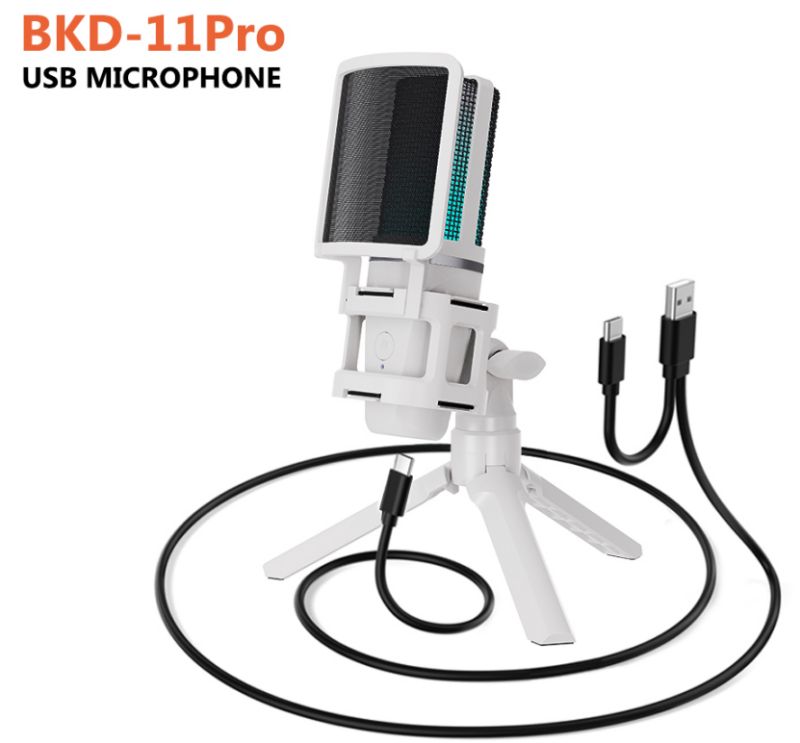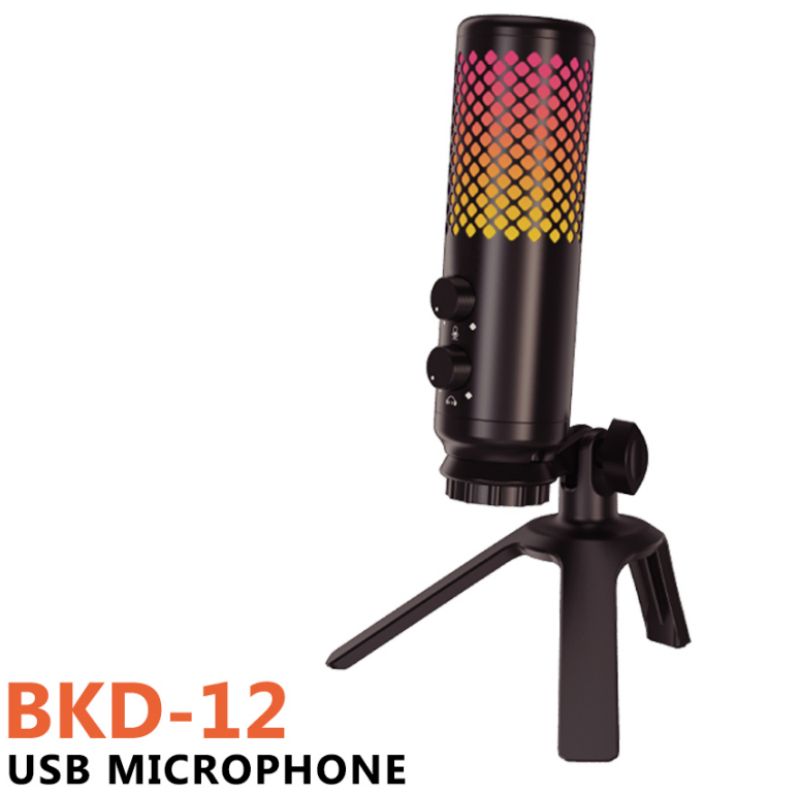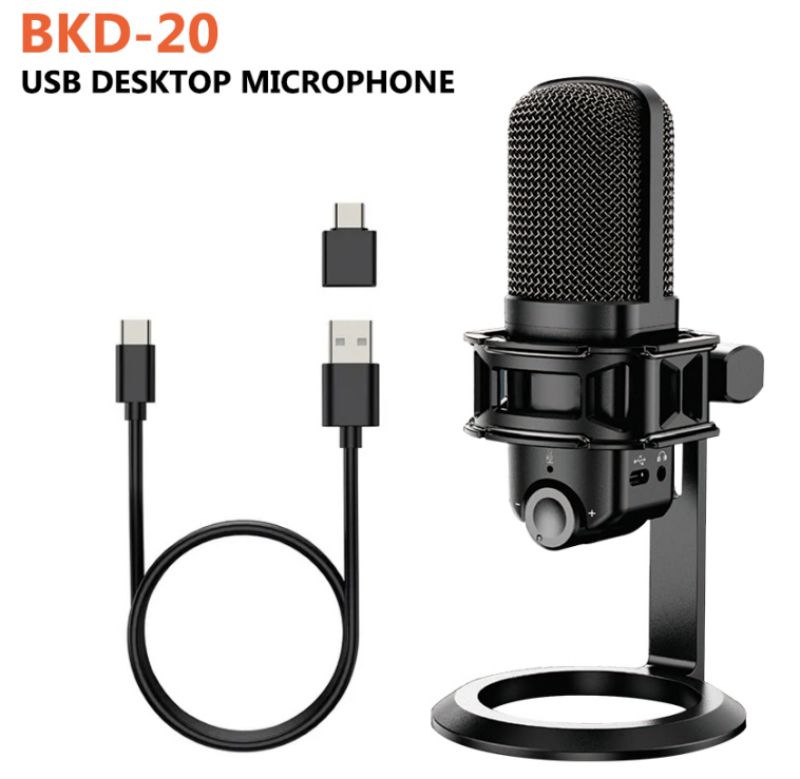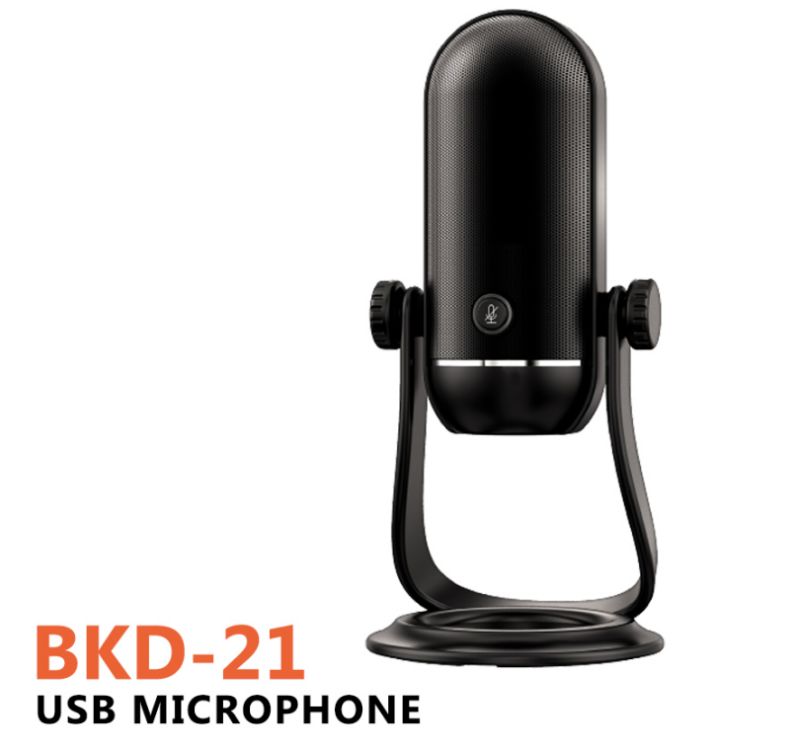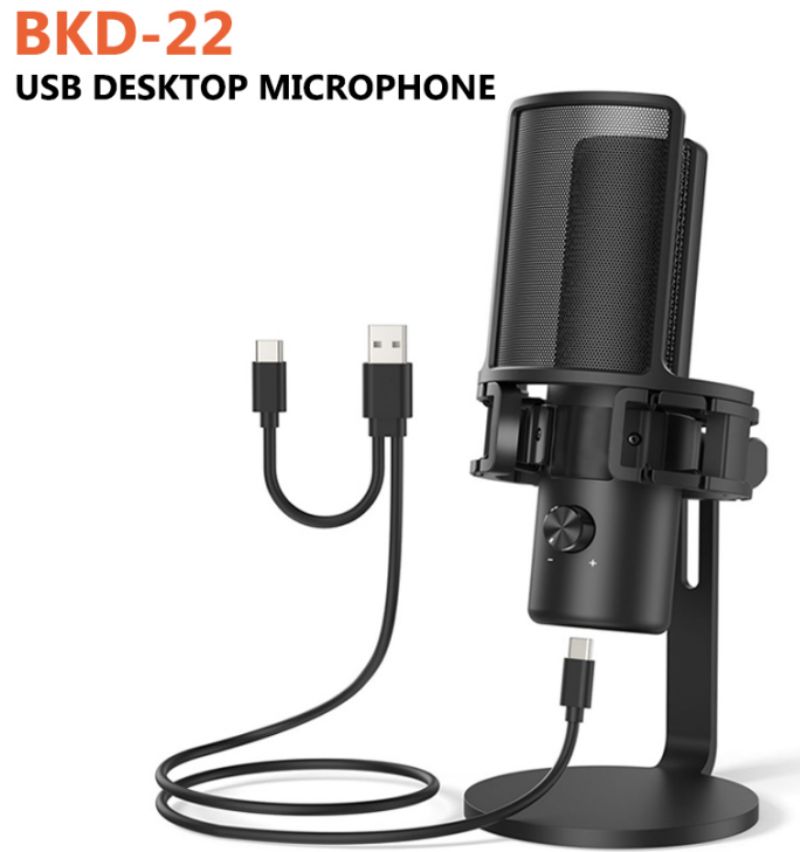With the rapid rise of Video recording and dubbing, online video learning, live karaoke, etc. in recent years, the demand for hardware equipment has also become the focus of many microphone manufacturers.
Many friends have asked us how to choose recording desktop microphones . As a leading microphone manufacturer in this industry, we would like to give some advice on this aspect.
Desktop microphones mainly have two interfaces: XLR and USB.Today, we mainly introduce desktop USB microphones.
So, what are the differences between XLR microphones and USB microphones?
USB microphones are generally used in computer dubbing, game voice recording, online class learning, live karaoke and other scenarios. The operation is relatively simple and convenient, plug and play, and is suitable for novices.
XLR microphones are usually used in professional dubbing and online karaoke recording. The connection operation is relatively complicated and requires a certain audio foundation and familiarity with professional recording software. This type of microphone has higher requirements for the recording acoustic environment and is suitable for remote areas.
When purchasing a desktop USB microphone, you need to clearly understand the parameters and characteristics of each microphone.
Generally speaking, the core parameters of USB microphones mainly depend on the following key indicators:
Sensitivity
Sensitivity refers to the microphone’s ability to convert sound pressure into level. Generally speaking, the higher the sensitivity of the microphone, the stronger the level output capability. High-sensitivity microphones are very helpful for picking up small sounds.
Sample rate/bit rate
Generally speaking, the higher the sampling rate and bit rate of the USB microphone, the clearer the recorded sound quality and the higher the vocal fidelity.
At present, the 22 series audio sampling rate has been gradually eliminated by the professional recording industry. Nowadays, professional digital recording studios give priority to the use of HD audio specifications, that is, 24bit/48KHz, 24bit/96KHz, and 24bit/192KHz.
Frequency response curve
Theoretically, in a professional acoustic soundproof room, the limit frequency range that the human ear can hear is between 20Hz and 20KHz, so many microphone manufacturers mark the frequency response curve within this range.
Signal-to-noise ratio
The signal-to-noise ratio refers to the ratio of the output signal power of the microphone to the noise power, usually expressed in decibels (dB).
Generally speaking, the higher the signal-to-noise ratio of the microphone, the smaller the noise floor and clutter mixed in the human voice signal, and the clearer the quality of the playback sound. If the signal-to-noise ratio is too low, it will cause a large noise floor interference when the microphone signal is input, and the entire sound range will feel muddy and unclear.
The signal-to-noise ratio parameter performance of USB microphones is generally around 60-70dB. The signal-to-noise ratio of some mid-to-high-end series USB microphones with good performance configurations can reach more than 80dB.
Maximum sound pressure level
Sound pressure level refers to the maximum steady-state sound pressure capability that a microphone can withstand. Sound pressure is usually used as a physical quantity to describe the size of sound waves, with SPL as the unit.
The sound pressure tolerance of a microphone is an important factor to consider when recording. Because sound pressure is inevitably accompanied by total harmonic distortion (THD). Generally speaking, the sound pressure overload of the microphone can easily cause sound distortion, and the greater the sound pressure level, the smaller the vocal distortion.
As a leading high-tech microphone manufacturer, we both can provide ODM and OEM for many brands. Below are our hot-selling USB desktop microphones.
USB DESKTOP MICROPHONE BKD-10
USB DESKTOP MICROPHONE BKD-11PRO
USB DESKTOP MICROPHONE BKD-12
USB DESKTOP MICROPHONE BKD-20
USB DESKTOP MICROPHONE BKD-21
USB DESKTOP MICROPHONE BKD-22
Angie
April.12th,2024
Post time: Apr-15-2024

